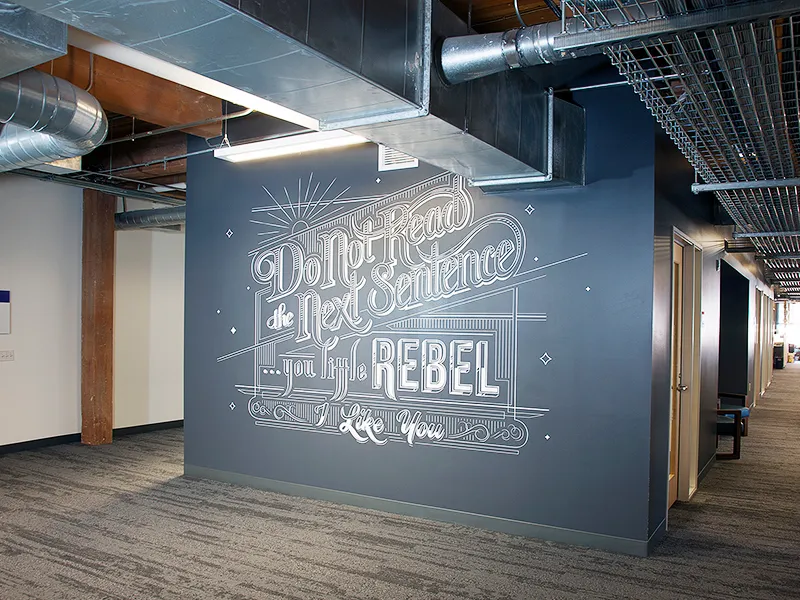Buying insurance used to be a long, tedious process. You had to compare providers, fill out endless forms, and wait days for approval. Now, embedded insurance is making things simpler. Instead of searching for coverage separately, consumers can purchase insurance at the same time they buy a product or service. Whether booking a flight, renting a car, or shopping online, insurance is often offered as an optional add-on. This seamless integration allows customers to get covered instantly without the extra steps. With more businesses adopting this model, insurance is shifting from a separate purchase to a built-in convenience.
How Embedded Insurance Works
Embedded insurance relies on digital platforms that integrate with e-commerce, travel, and financial services. When a customer makes a purchase, they are automatically given the option to add insurance at checkout. This can cover everything from trip cancellations and gadget protection to same-day delivery guarantees. Businesses partner with insurers to offer these plans, ensuring customers get relevant coverage without searching for a third-party provider. By embedding insurance directly into the purchase process, companies make protection an effortless decision rather than an afterthought. This model benefits both consumers, who get instant security, and businesses, which increases customer trust.
Seamless Claims and Instant Payouts
Filing an insurance claim has traditionally been a slow, complicated process. Embedded insurance, however, aims to simplify this by using digital tools for fast verification and payouts. Many platforms now integrate with banking systems to automate refunds and claims settlements. Open banking API can allow insurers to verify transactions instantly, which ensures customers receive payouts without delays. Instead of submitting paperwork and waiting weeks for approval, consumers can have their claims processed within minutes. By leveraging real-time financial data, insurers reduce fraud risks and make the claims process smoother, further improving the customer experience.
Industries Adopting Embedded Insurance
Several industries have embraced embedded insurance as a way to offer added value. The travel industry uses it for flight cancellations, lost baggage, and medical emergencies. Online retailers integrate it into warranty protection for electronics and furniture. Ride-sharing companies provide instant accident coverage for drivers. Even landlords and property managers are incorporating embedded rental insurance for tenants. These industries recognize that customers prefer one-click convenience over searching for separate insurance policies. Digital transactions continue to grow, and with that, embedded insurance is becoming a key feature in multiple sectors. This ensures customers get protection when and where they need it.
The Future of Embedded Insurance
Embedded insurance is just getting started. In the future, it will become even more personalized. AI-driven risk assessments will tailor policies to individuals, ensuring they only pay for the coverage they need. Subscription-based models could allow users to adjust or pause coverage as their needs change. With more businesses offering built-in insurance, traditional standalone policies may decline. The goal is to make insurance effortless. No separate sign-ups, no confusing paperwork, just automatic protection when you need it. In the near future, embedded insurance will no longer be a perk but an expectation in everyday transactions.








